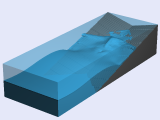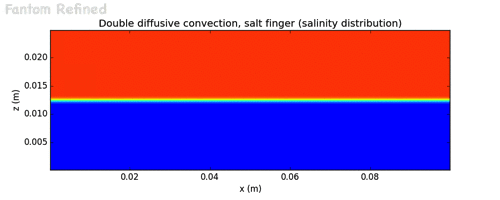|
|
Tetsuya ShintaniAssociate Professor, Dr. Eng.Fantom3D is an object-oriented numerical code (C++) for analyzing fluid flows, especially for environmental fluid dynamics. Major features:
Paper, describing Fantom3D by Shintani and Nakayama 2009 (in Japanese) Examples:
Fantom 2021 for Lin et al., Influence of thermal stratification on seasonal net ecosystem production and dissolved inorganic carbon in a shallow subtropical lake, Journal of Geophysical Research: Biogeosciences, 2021 Fantom 2020 for Nakayama et al., Breaking of internal Kelvin wave shoaling on a slope, Journal of Geophysical Research: Oceans, 2020 Fantom 2020 for Nakayama et al., Integration of submerged aquatic vegetation motion within hydrodynamic models, Water Resources Research, 2020 Fantom 2019 for Nakayama et al., Classification of internal solitary wave breaking over a slope, Physical Review Fluids, 2019 Fantom 2016 for Nakayama et al.,Reversal of secondary circulations in a sharp channel bend, Coastal Engineering Journal, 2016 Fantom 2014 for Nakayama et al., Horizontal and residual circulations driven by wind stress curl in Tokyo Bay, Journal of Geophysical Research: Oceans, 2014
|
||
|
|||

